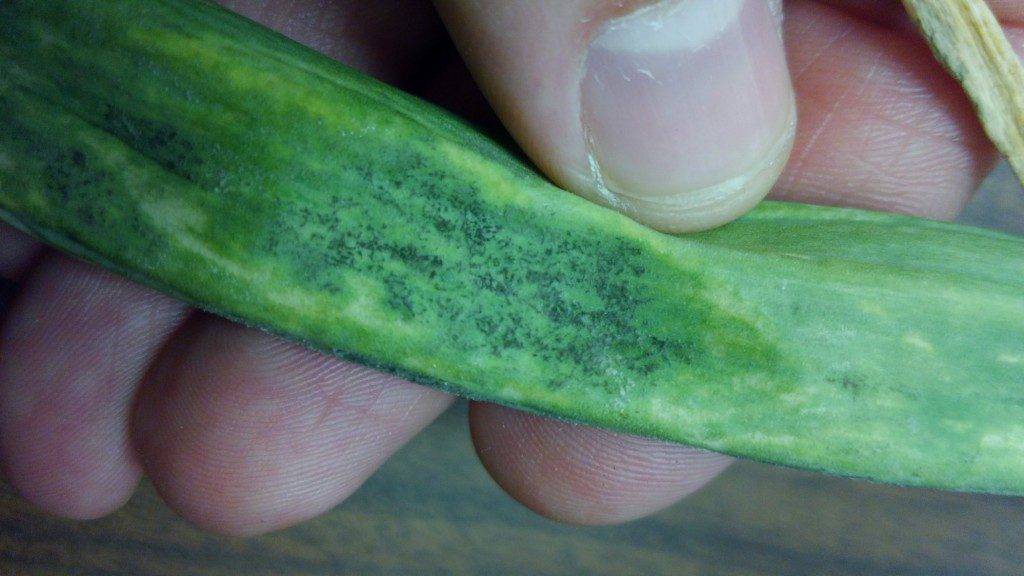By Clint Thompson
Downy mildew disease has been confirmed on Vidalia onion in Tattnall County, Georgia.

According to the University of Georgia Extension Vegetable Blog, Bhabesh Dutta, University of Georgia (UGA) Extension vegetable plant pathologist, said growers should be scouting for symptoms since weather conditions are suitable for infection and spread of the pathogen. They should contact their local county Extension agent for additional confirmation.
“I’m glad in the sense that our predictor model, the model we used to predict downy in onions, worked. It predicted downy 10 days before downy actually appeared. The growers are actually spraying, but this particular grower did not spray much,” Dutta said. “He sprayed too late.”
Treatment options are available to help reduce the severity of the disease. They include Omega 500 (which is the most effective option if downy mildew is found), Orondis Ultra, Zampro, Bravo and Phosphites.
Dutta said the scheme, number, rotation and frequency of the fungicides will differ for fields with an active infection versus fields where symptoms have yet to appear. Producers should contact their local county Extension agent for choice and frequency of fungicides in a program.
“There’s no product that gives you 100% efficacy with downy. It’s such a bad disease,” Dutta said.
The disease has a history of impacting Vidalia onions in early spring, mostly in March or April, though it hadn’t been a problem the past couple of seasons. It was first discovered on March 23 in 2020, Feb. 28 in 2019, March 19 in 2018, April 13 in 2016 and April 20 in 2015.
The first symptoms of downy mildew occur on older leaves as light green to pale yellow in color, which turn to tan and brown as the lesion ages. In Georgia, early symptoms can be diamond-shaped lesions that are mottled with pale and green areas interspersed. As colonization progresses, lesions may girdle the entire leaf which can cause the total collapse of leaf tissues.
Infected bulbs are reduced in size and typically don’t store well. In severe cases, 100% yield losses have been reported.









